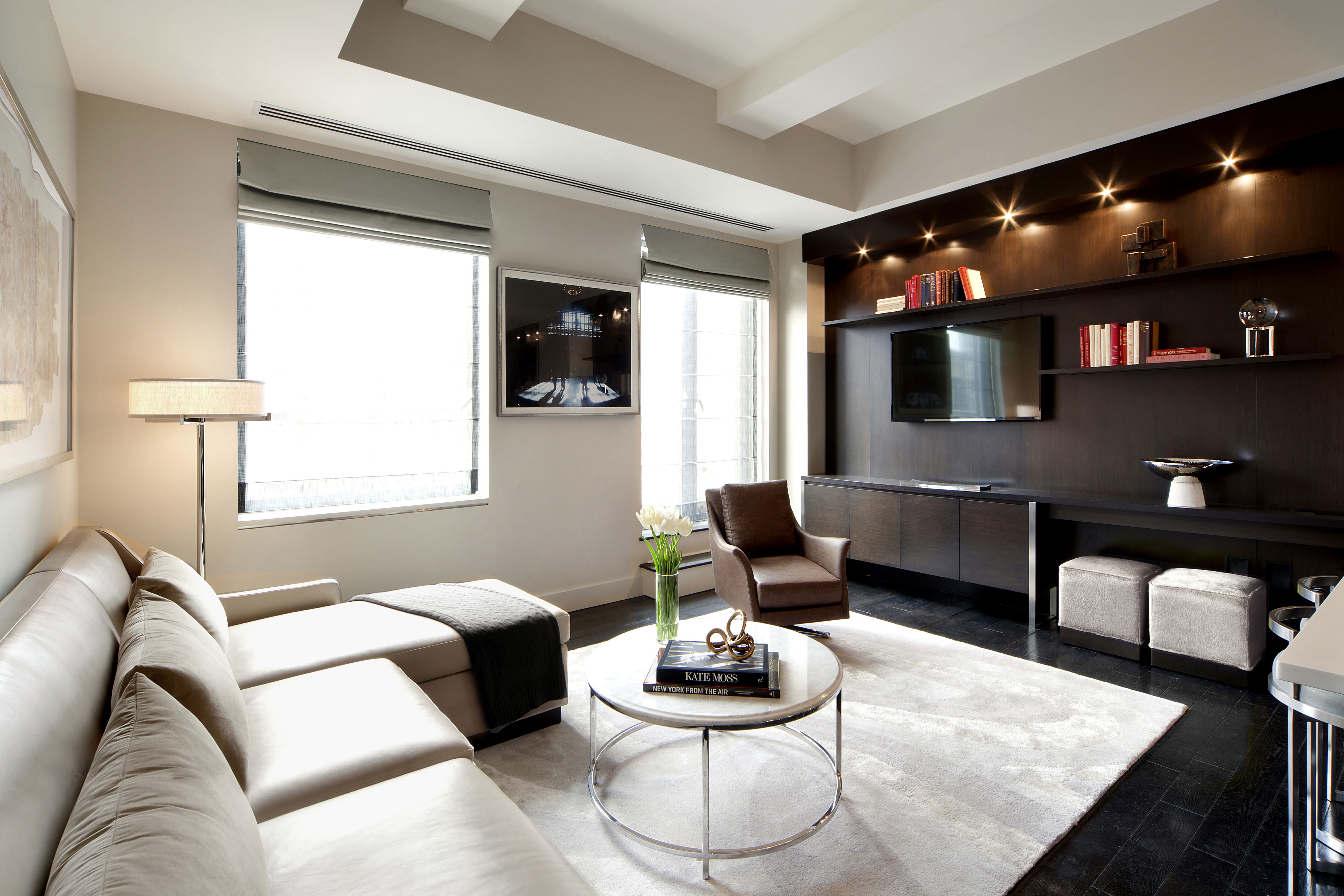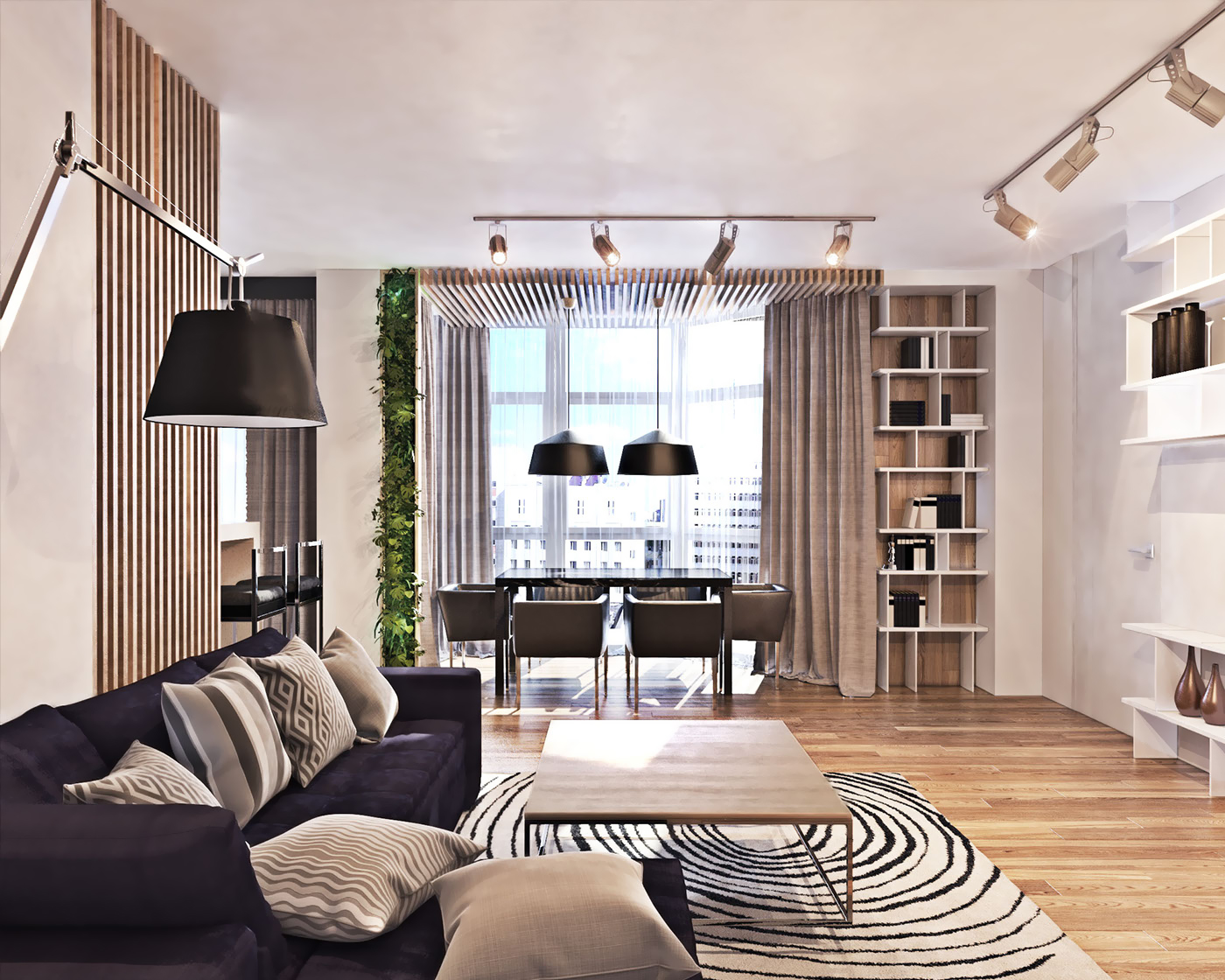Contemporary Interior Design Concepts

Contemporary interior design, a fusion of modernism and minimalism, prioritizes clean lines, neutral colors, and open spaces. It emphasizes functionality, simplicity, and the integration of natural elements, creating serene and inviting living environments.
Contemporary interior design often embraces a minimalist aesthetic, characterized by clean lines, neutral colors, and open spaces. However, incorporating vintage decor can add a touch of warmth and character to a modern setting. Vintage pieces, such as vintage decor , can serve as statement pieces that bring a sense of history and nostalgia to a room.
By blending the old with the new, contemporary interior design can create a space that is both stylish and inviting.
Influence of Modernism and Minimalism
Modernism, with its emphasis on form and function, laid the foundation for contemporary design. Minimalism, characterized by its simplicity and lack of ornamentation, further refined the aesthetic, creating spaces that are both aesthetically pleasing and practical.
Contemporary interior design embraces the fusion of modern aesthetics with timeless elegance. It seamlessly incorporates elements of nature, such as floral wall art , to create spaces that evoke a sense of tranquility and harmony. This artful integration of natural motifs not only adds a touch of organic beauty but also aligns with the growing trend towards sustainable and eco-conscious design.
Use of Clean Lines and Neutral Colors
Contemporary interiors are defined by clean lines and neutral colors. Straight lines and geometric shapes create a sense of order and sophistication, while neutral hues, such as white, gray, and beige, provide a timeless and versatile backdrop.
Open Spaces and Natural Elements
Open spaces are a hallmark of contemporary design, allowing for natural light to flow freely and creating a sense of spaciousness. Natural elements, such as wood, stone, and plants, are incorporated to bring warmth and texture to the space, fostering a connection to the outdoors.
Materials and Finishes in Contemporary Design

Contemporary interior design is characterized by its use of clean lines, simple forms, and natural materials. The materials and finishes used in contemporary interiors play a key role in creating the overall aesthetic and functionality of the space. Common materials used in contemporary design include wood, metal, glass, and stone.
Wood
Wood is a versatile material that can be used for a variety of purposes in contemporary interiors. It can be used for flooring, cabinetry, furniture, and even walls. Wood adds warmth and texture to a space, and it can be stained or painted to match any décor. Some popular types of wood used in contemporary design include oak, walnut, and maple.
Metal, Contemporary interior design
Metal is another popular material used in contemporary interiors. It can be used for a variety of purposes, including furniture, lighting, and accessories. Metal adds a touch of industrial chic to a space, and it can be used to create a variety of different looks. Some popular types of metal used in contemporary design include stainless steel, aluminum, and iron.
Glass
Glass is a versatile material that can be used for a variety of purposes in contemporary interiors. It can be used for windows, doors, furniture, and even walls. Glass adds light and airiness to a space, and it can be used to create a variety of different looks. Some popular types of glass used in contemporary design include clear glass, frosted glass, and tinted glass.
Stone
Stone is a durable and versatile material that can be used for a variety of purposes in contemporary interiors. It can be used for flooring, countertops, walls, and even furniture. Stone adds a touch of luxury to a space, and it can be used to create a variety of different looks. Some popular types of stone used in contemporary design include marble, granite, and limestone.
Natural and Sustainable Materials
In recent years, there has been a growing trend towards using natural and sustainable materials in contemporary design. These materials are not only environmentally friendly, but they can also add a unique and stylish touch to a space. Some popular natural and sustainable materials used in contemporary design include bamboo, cork, and recycled materials.
Furniture and Lighting in Contemporary Interiors: Contemporary Interior Design

Contemporary furniture is characterized by its focus on comfort, functionality, and aesthetics. It is typically made from high-quality materials, such as leather, wood, and metal, and is designed to be both stylish and comfortable. Contemporary furniture often features clean lines and simple shapes, and it is often modular, meaning that it can be easily reconfigured to suit the needs of the user.
Multi-functional furniture is also a popular choice for contemporary spaces. This type of furniture can serve multiple purposes, such as a sofa that can also be used as a bed or a coffee table that can also be used as a desk. Multi-functional furniture is a great way to save space and create a more flexible living environment.
Natural and artificial lighting are both important elements of contemporary design. Natural light can help to create a bright and airy atmosphere, while artificial light can be used to create a more intimate and cozy feeling. Contemporary designers often use a combination of natural and artificial light to create the desired mood and atmosphere in a space.
Characteristics of Contemporary Furniture
Contemporary furniture is characterized by its focus on comfort, functionality, and aesthetics. It is typically made from high-quality materials, such as leather, wood, and metal, and is designed to be both stylish and comfortable. Contemporary furniture often features clean lines and simple shapes, and it is often modular, meaning that it can be easily reconfigured to suit the needs of the user.
Use of Modular and Multi-Functional Furniture in Contemporary Spaces
Modular and multi-functional furniture are popular choices for contemporary spaces. Modular furniture can be easily reconfigured to suit the needs of the user, while multi-functional furniture can serve multiple purposes. This type of furniture is a great way to save space and create a more flexible living environment.
Importance of Natural and Artificial Lighting in Contemporary Design
Natural and artificial lighting are both important elements of contemporary design. Natural light can help to create a bright and airy atmosphere, while artificial light can be used to create a more intimate and cozy feeling. Contemporary designers often use a combination of natural and artificial light to create the desired mood and atmosphere in a space.